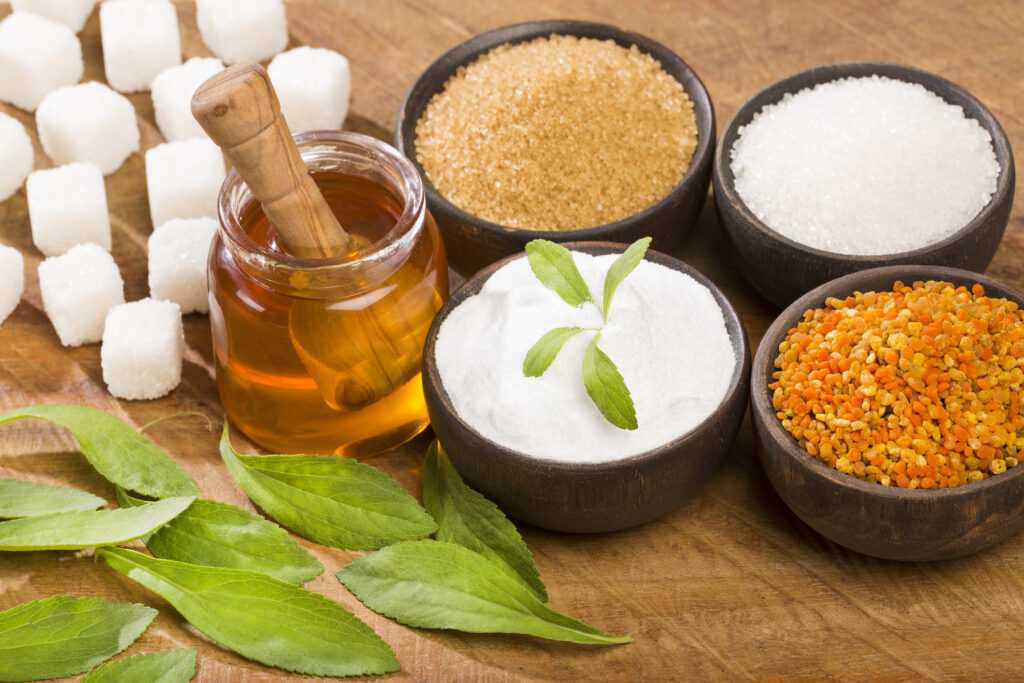Rising Consumer Awareness Around Sugar Alternatives Creates Opportunity
2020 and 2021 saw the rise of the educated home baker. Throughout the pandemic months, people dove into their stacks of cookbooks, sorted their online recipe files and got busy in their kitchens. They brought with them a dedication to healthier eating as a part of their still-active lifestyles, which meant a heightened focus on “better for you” ingredients — chief among them sugar alternatives.
A recent article in Food & Beverage Insider examined the growing market share of natural sweeteners and the twin values they bring: outstanding taste and reduced/no sugar inclusion. That’s in strong contrast to ongoing distrust of artificial sweeteners, according to a December 2020 report published by Mintel.
What does that mean for 2022 and beyond? It’s simple: Consumers want a great-tasting, natural alternative to sugar, they’ve become educated and discerning about their options, and they want to interact with food and beverage producers who understand their desires, said Whitney Smart, beverage applications and market development technical manager at Sensient.
“Food and beverage categories positioning themselves as healthy, natural and/or premium have the most potential when it comes to using novel, clean-label sweeteners,” Smart said. “Consumers are already expecting it when it comes to these categories, and the consumer is more likely to accept them in these products.”
Consumers also are poised for a taste that is less sweet or syrupy than traditional sugared products, she added, noting that “the hard seltzer category is starting to merge into the ready-to-drink cocktail category, and we are starting to see fewer sweet versions of classic cocktails, which used to be high in sugar. These products are now using less sugar and other clean-label sweeteners to provide extra sweetness while also being less caloric and more premium.”
This shift highlights the challenges facing existing product lines. In those cases, consumers are accustomed to a taste profile, and they want a reformulated product to be similar. In other words, they don’t want to give up taste to achieve a lower calorie count or reduced sugar benefit.
“Brands should focus on new products and lines rather than trying to reformulate current products,” Smart said. “Also, positioning products as less sweet in general will allow manufacturers to use the sweetener systems at their ‘sweet spot,’ where they are providing sweetness while staying under the off-note threshold. Using the sweetener system at its optimal level, plus using a modifier to finish off the product, will result in the best-tasting product and also will help with production costs.”
Ready to learn more about how to create new flavor profiles and reformulate existing ones? Sensient is eager to partner with your team to create great taste and full body profiles that meet clean-label standards and live up to consumer expectations.
